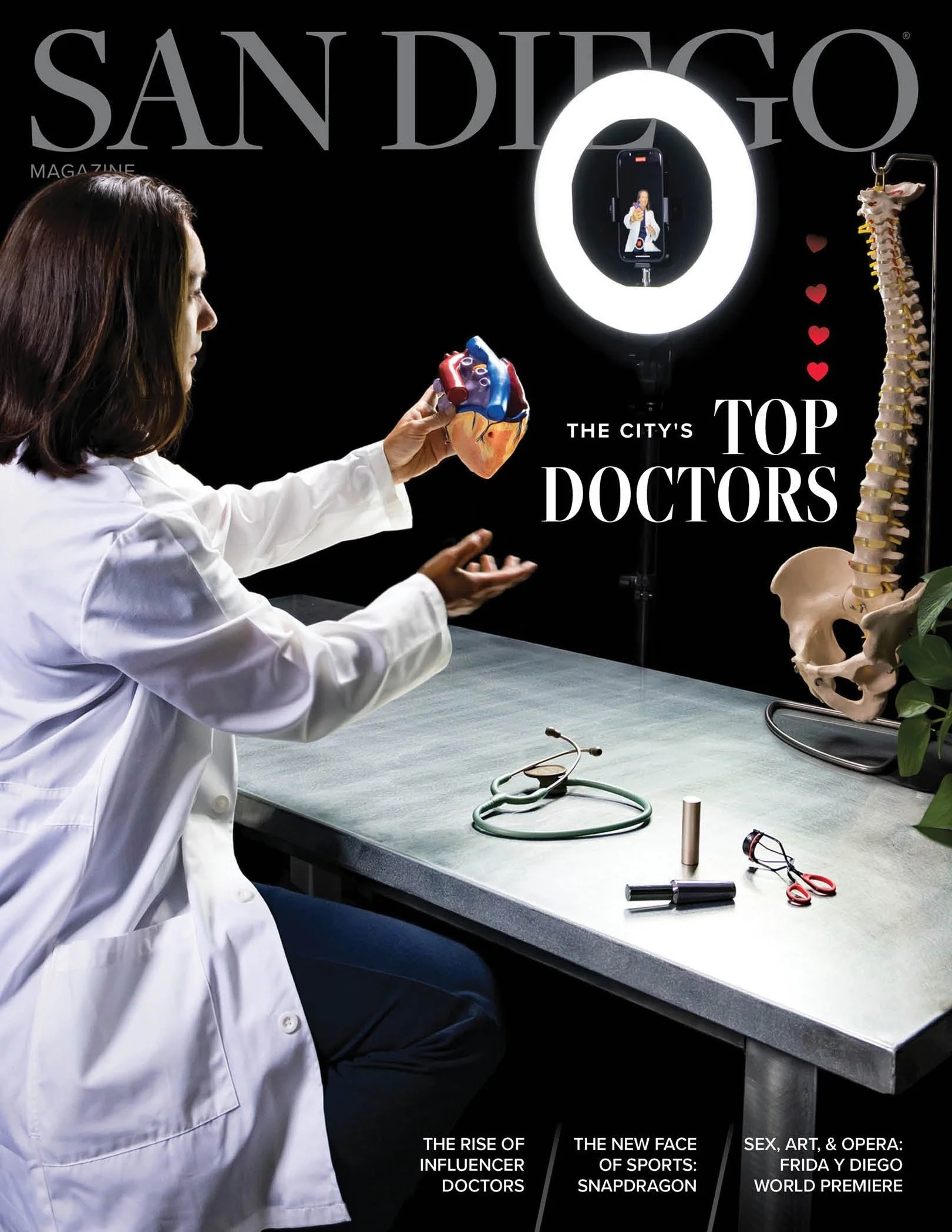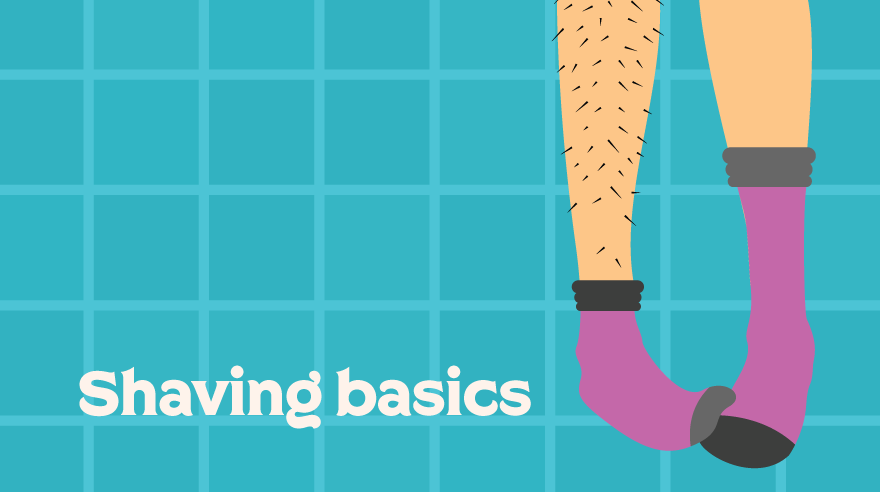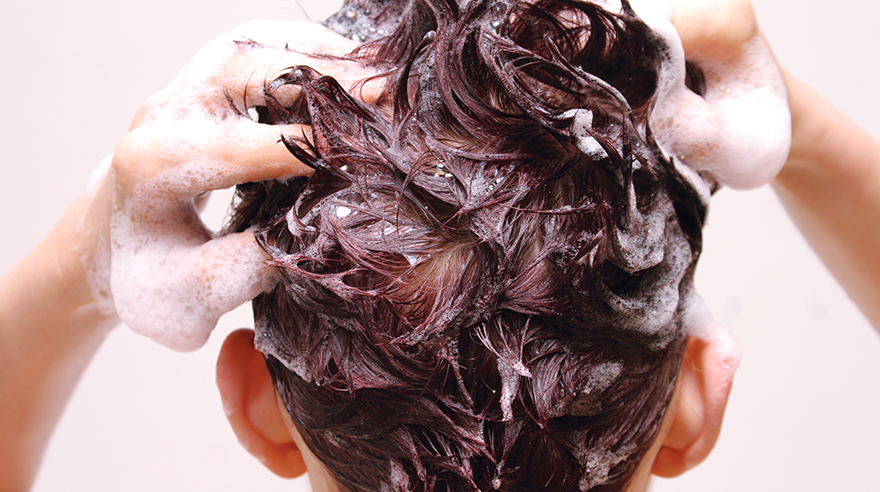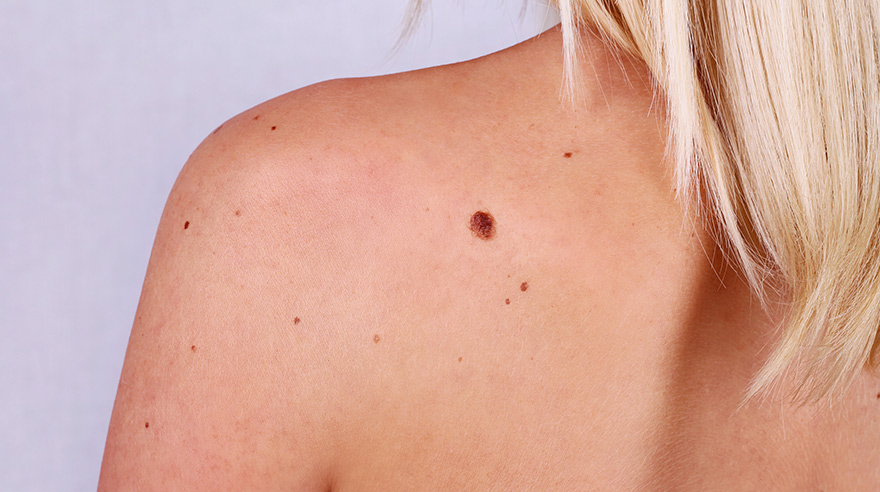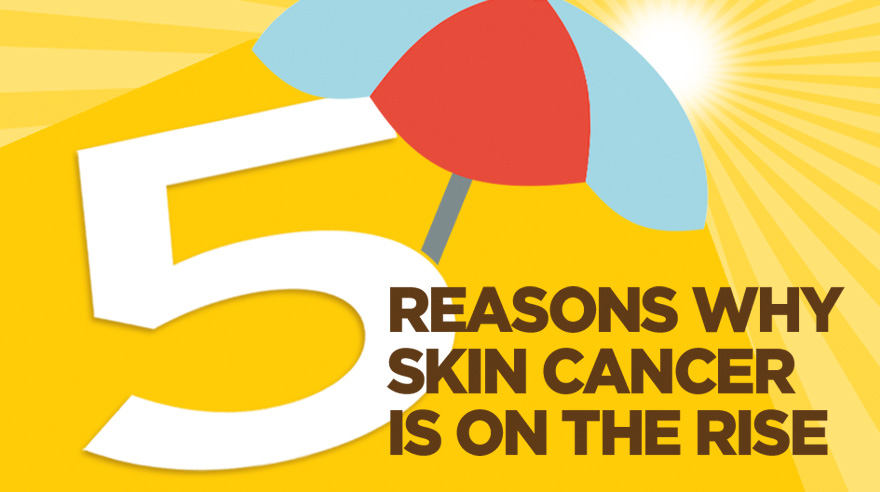Dr. Mona Mofid Tells Us Everything We Need to Know About Moisturizers and Skincare
[Excerpt] “With skin cancer casting a long shadow over lives, the role of sunscreen becomes paramount. Approximately 20% of Americans are slated to grapple with skin cancer at some point. Sunscreen emerges as a potent tool to counteract the deleterious impact of ultraviolet (UV) rays. These rays, particularly the notorious UVB and UVA, wreak havoc by causing skin damage, hastening aging, and incubating a spectrum of skin cancers. Applying sunscreen forms a formidable defense, curtailing risk and diluting the consequences of UV radiation.”
Read more at Vents Magazine ›
Dr. Mona Mofid has been recognized as a 2023 Castle Connolly Top Doctor. She has received the honor since 2015.
“The Castle Connolly recognition in medicine is considered by physicians to be the only legitimate recognized category of excellence in American medicine.” - Joseph Feuerstein, MD.
Read more at Castle Connolly ›
Dr. Mona Mofid has been honored in the San Diego Magazine as a 2022 Top Doctor selectee. Recipients of the award are chosen based on votes from their peers in collaboration with the San Diego County Medical Society (SDCMS). This year marks Dr. Mona’s fifth time receiving the award.
Congratulations to all of our 2022 Top Doctor selectees!
Read more at San Diego Magazine ›
Dr. Mona Mofid has been recognized as a 2022 Castle Connolly Top Doctor. She has been a Castle Connolly Top Doctor since 2015. The Castle Connolly Top Doctor selection process is entirely merit-based.
The Castle Connolly Top Doctor selection process is entirely merit-based. Castle Connolly Top Doctors are peer-nominated, embodying excellence in clinical care as well as interpersonal skills. Castle Connolly Top Doctors represent the top 7% of all U.S. practicing physicians.
Read more at Castle Connolly ›
Dr. Mona Mofid has been honored in the San Diego Magazine as a 2021 Top Doctor selectee. Recipients of the award are chosen based on votes from their peers in collaboration with the San Diego County Medical Society (SDCMS). This year marks Dr. Mona’s fourth time receiving the award.
[Excerpt] For almost two decades, the San Diego County Medical Society (SDCMS) has worked collaboratively with San Diego Magazine to recognize physicians who are held in the highest regard by their peers. Votes and nominations are open to all physicians in San Diego. The voting physicians are asked to vote for physicians within and outside their specialty to whom they would refer their friends and family. In a synchronized effort, SDCMS confirmed every individual nominee’s Medical Board of California licensing and current practicing status. Many of them have also been recognized for multiple years since we began publishing this list. The selection criteria are strict, with only a few percent of physicians selected in each specialty.
Congratulations to all of our 2021 Top Doctor selectees!
Read more at San Diego Magazine ›
Dr. Mona Mofid Featured In SHARP Health Care Commercial
[Excerpt] Gray hair is caused by the retiring of cells that provide pigment within your hair’s follicles. Removing a hair from a follicle doesn’t have anything to do with the hair around it. But that doesn’t mean that tweezing is necessarily good, either. “It’s not the best idea to pull your hair out,” says Dr. Mona Mofid, a dermatologist affiliated with Sharp Community Medical Group. “At the end of the day, you’ll never keep up with new grays. And worse, you could damage the follicle and prevent new hair from growing at all.”
Read more at Sharp Health News ›
[Excerpt] Women can thank the Roaring ’20s for the cultural norm of leg shaving. The trend moved in with higher hemlines, and gained momentum during World War II. Today, shaving is as routine as a morning coffee — and a wide variety of razors line pharmacy aisles.
But shaving isn’t always easy. There are nicks, burns and ingrown hairs — not to mention the time it takes to do it. So we asked Dr. Mona Mofid, a board-certified dermatologist affiliated with Sharp Community Medical Group, to help take the “ouch” out of shaving.
Read more at Sharp Health News ›
Don't Skip These 6 Places When Applying Sunscreen
[Excerpt] The hands are one of the first places to show signs of aging, so using a good moisturizing lotion with SPF is a great way to protect your hands. Keep your sunscreen in the car and reapply before driving. We get more sun damage and wrinkles on the left side of the body because it’s the driving side.
“It is best to apply sunscreen at home before you get dressed so that you are less likely to miss these tricky spots,” says Dr. Mofid. “Ideally, if you are in the sun, you should cover up with clothing, hats and sunglasses, and seek shade under an umbrella or tree.”
Read more at Sharp Health News ›
[Excerpt] “Society has this flawed view that an artificial tan is sexy. The truth is there’s more skin cancer due to indoor tanning than lung cancer due to smoking,” says Dr. Mona Mofid, a board-certified dermatologist affiliated with Sharp Grossmont Hospital.
Dermatologists are reporting an explosion of skin cancer in young women, warning that tanning beds are to blame. Of the approximately 7.8 million women who have used tanning beds, more than half started before age 21.
Read more at Sharp Health News ›
[Excerpt] “One of the biggest hair myths is that you need to wash your hair every day,” says Dr. Mona Mofid, a board-certified dermatologist with Sharp Community Medical Group. “For some people, it’s a routine but the reality is you need to shampoo your hair when you need it — and everyone is different.”
Depending on your natural production of scalp oils, your hair type and activity level, you may need to only wash your hair once a week, says Dr. Mofid. But if you produce a lot of oil — thanks to genetics and hormones — buildup can accumulate and you may need to wash more often to avoid inflammation and irritation.
Read more at Sharp Health News ›
[Excerpt] Exfoliating — the process of removing dead cells from the skin — can be anything from a simple scrub to a prescription cream. And yes, it can make a difference.
“The trick is finding the method that’s best for you,” says Dr. Mona Mofid, a board-certified dermatologist affiliated with Sharp Community Medical Group.
Read more at Sharp Health News ›
[Excerpt] “Skin cancer is not just for fair- or light-skinned people,” says Dr. Mona Mofid, a board-certified dermatologist affiliated with Sharp Grossmont Hospital. “People of all races are affected.”
“There’s a common misconception that people with darker skin aren’t at risk and don’t have to wear sun protection. Because of the misconception, Hispanics are more likely to be diagnosed at a later stage when skin cancer is more difficult to treat, or even deadly,” she says.
Read more at Sharp Health News ›
[Excerpt] There are several other skin conditions that might cause us concern. Although these are usually benign — meaning they are not cancerous — and painless, they should not be ignored.
“The skin ages just like the rest of our body, and as we age, our skin often develops what I like to call ‘markers of wisdom,’” says Dr. Mona Mofid, a dermatologist affiliated with Sharp Grossmont Hospital. “Many of these are harmless, but can be annoying.”
Read more at Sharp Health News ›
[Excerpt] “It’s not fair,” you say as you glance in the mirror. Along with the expected lines and dark circles of middle age, you see something unexpected, and definitely unwelcome — acne.
“There is a misconception that acne is just for teenagers,” says Dr. Mona Mofid, a dermatologist affiliated with Sharp Grossmont Hospital. “Some people never outgrow the acne from their teen years and some will experience acne throughout life with hormonal changes.”
Read more at Sharp Health News ›
[Excerpt} “It’s estimated that 40 percent of adults between 18 and 50 in the U.S. have at least one tattoo. That’s significant because skin cancer can form on the skin underneath a tattoo, but it’s not easily spotted because it’s camouflaged by ink,” says Dr. Mofid.
“That’s compounded by the fact that those with full back or arm tattoos display the artwork. In doing so, they unintentionally get more ultraviolet light exposure. For example, many men go shirtless outdoors, whereas wearing clothing would otherwise protect their skin.”
Read more at Sharp Health News ›
[Excerpt] “Winning the war on skin cancer starts and ends with prevention and early detection,” says Dr. Mona Mofid, a board-certified dermatologist affiliated with Sharp Grossmont Hospital.
To raise awareness, the National Council on Skin Cancer Prevention (NCSCP) designated the Friday before Memorial Day as “Don’t Fry Day.” Memorial Day weekend kicks off summer, a time when millions of Americans hit the beach to start working on their tans, which many associate with health and beauty.
Read more at Sharp Health News ›
[Excerpt] "It's very important not to equate sunburns with hot beach days, and to remember that some of the worst sunburns occur on the ski slopes," says Dr. Mona Mofid, a board-certified dermatologist affiliated with Sharp Grossmont Hospital. "What many people don't know is that five or more sunburns during your lifetime double your risk of developing skin cancer."
According to Dr. Mofid, for every 1,000 feet above sea level, UV radiation exposure increases about 4 percent. So at an altitude of 10,000 feet on the ski slopes, UV radiation may reach 40 percent the intensity of that at sea level. In addition, the intensity of the sun reflecting off the snow is about 80 percent, compared to sand which is about 25 percent. It's this combination that makes the slopes more dangerous to your skin than the beach.
Read more at Sharp Health News ›
[Excerpt] “To understand how stress-related hair loss occurs, you need to understand that hair follicles don’t continuously produce hair,” explains Dr. Mofid. “Hair grows in cycles that can last two or more years, followed by a resting stage that can last up to eight weeks before hair starts growing again. Basically, about 80 to 90 percent of our hair follicles are growing at any given time.”
When women undergo severe stress, the number of hair follicles growing at any given time can be directly affected. And if the number of growing hair follicles is reduced, there will be a significant increase in dormant-stage hair follicles, resulting in hair loss.
Read more at Sharp Health News ›
[Excerpt] She said using Botox for excessive sweating, especially in the scalp, is considered “off-label,” meaning it’s used for an FDA-unapproved indication.
“But that doesn’t mean that it’s not safe,” she said. “We use medications ‘off-label’ all the time. For women who may experience excessive sweating in the scalp, for which there is no other medical cause, and which may affect their lifestyle significantly and they can comfortably afford it, it may be something to consider.”
Read more at The San Diego Union Tribune ›
5 Reasons why Skin Cancer is on the Rise (Infographic)
[Excerpt] Living in a sunny city is never void of benefits. But staying safe under the sweltering sun is more important than ever. Dr. Mona Mofid, a Sharp-affiliated dermatologist shares stats about skin cancer — and why today's risks cannot be ignored. Dr. Mona Mofid helps outline five reasons why skin cancer is on the rise.
Read more at Sharp Health News ›
4 Sunscreen Tips for Sun Safety (Infographic)
[Excerpt] When it comes to sunscreen, there's a lot to know. How often should you reapply? What SPF is best? And why is it all important? Dr. Mona Mofid, a Sharp-affiliated dermatologist affiliated with Sharp Grossmont Hospital, shares four sunscreen tips to keep you safe outdoors.
Read more at Sharp Health News ›
[Excerpt] "These are people who are actively cooking their skin. Some are even putting oil on other parts of their skin. You're having to burn the skin in so many times to change that color" said Dermatologist Mona Mofid.
While easy to achieve, Dr. Mofid said the sunburn art is harmful for people's health. "Where they might think it's silly or fun or entertaining for summer, five, ten, 15 years from now, these are individuals who might die from skin cancer," said Dr. Mofid.
Whether inside a tanning salon or at the beach, Dr. Mofid said five or more sunburns during your lifetime doubles your risk of skin cancer.
"It's probably one of the most ridiculous social media trends that we've seen because it is actually extremely hazardous to people's health," said Dr. Mofid.
A much safer sunburn alternative is getting a spray on tan, removable ink, or a Henna tattoo."
Read more at CBS News ›
Many Forms of Psoriasis; Just as many Treatments
[Excerpt] Psoriasis is a skin condition many may have heard about from TV ads promoting prescription drugs. However, there are several ways to treat the disease, and the medications that are typically advertised are often the last in a line of treatments used by those with the condition.
While the cause of the disease is unknown, Mofid said different genes are being examined to pinpoint its origin. She likens the skin cells of those with psoriasis to being “on overdrive basically.” According to WebMD.com, the cells mature about five times faster than cells in normal skin.
“There’s often a trigger for psoriasis,” she said. “Something turns it on. Psoriasis loves elbows, knees and shins. It will flare with trauma.”
Read more at The San Diego Union Tribune ›
Tinea Can Start you off on the Wrong Foot
[Excerpt] Mona Mofid, a dermatologist affiliated with Sharp Grossmont Hospital, said tinea refers to a fungal infection that commonly involves the skin. She said there are different varieties of tinea, depending on the kind of fungus, but generally, it’s contagious and can spread from direct contact with another individual, from the soil or even from animals.
“The spores can live for months on floors, towels and locker rooms,” she said.
She said those who sweat excessively and those with a suppressed immune system are more likely to get it, as are those who wear the same shoes or socks repeatedly, and those with poor circulation. She said diabetics are also more prone to fungal infections.
Read more at The San Diego Union Tribune ›
See a Doctor About Questionable Cysts
[Excerpt] Dr. Mona Mofid, San Diego dermatologist with Sharp HealthCare, said a cyst is basically a growth, noting that the only way to correctly define a cyst is to remove it and test it.
Characteristics of problem-causing cysts include infection (redness or discoloration), or if they are in a spot where there is a potential for friction. According to Mofid, there are things to watch carefully. “You need to see if it’s growing. Is it tender? Generally speaking, if things are bad, they are growing and tender.”
How do you know when you have a cyst on an internal organ? “Generally, there is some kind of symptom that prompts you that something may be wrong,” said Mofid.
Read more at The San Diego Union Tribune ›
[Excerpt] “(Keeping the face clean) seems like it would be pretty intuitive,” said Dr. Mona Mofid, a dermatologist at Sharp Grossmont Hospital in San Diego. “The analogy I like to use is when you get your car cleaned at the car wash, it has dirt and grime on it an hour later because of pollution in the air. It’s the same with our skin; it’s easy to get stuff on our face that clogs our pores.”
Mofid recommends washing your face in the morning and at night before going to bed. Along with face washing, another good way to prevent acne is to be careful about what you put near your face — and that includes your hands.
“Hands on the face is another cause of acne,” Mofid said. “I tell my patients that if they eat greasy French fries and then touch their face, what you ate is now on your face. Don’t touch your face!”
Read more at The San Diego Union Tribune ›
5 Things I Have to Have Now
[Excerpt] After being diagnosed with noninvasive melanoma about six years ago, Sally Thorner eagerly spreads the word about protecting skin from the sun. That's why when her dermatologist, Dr. Mona Mofid at Johns Hopkins, asked her to co-author a children's book about the dangers of sun exposure, she put on her thinking cap.
"Having no experience in this field, I enlisted my incredibly creative friend Barbara Dale. Together, we came up with Franny and Freddy Get Fried," says Thorner, who is married and has a son. The book is due out this summer.
Read more at The Baltimore Sun ›
Skin Mapping Shows Early Signs of Sun Damage
[Excerpt} "All these little dark spots -- especially on your nose and on your forehead -- those are all markers of sun damage and activity that's going on beneath the surface of the skin," said Dr. Mona Mofid of the American Melanoma Foundation, while examining the UV photo. "All of these areas are the areas that are going to wrinkle. They're also areas that can contribute to the development of skin cancer."
View the full article at ABC News ›
Proper Care Important to Protect from Skin Cancer
[Excerpt] "Skin cancer starts in the skin and is the most common form of cancer," said Dr. Mona Mofid, a Sharp-affiliated, Board-certified Dermatologist and Medical Director of the American Melanoma Foundation.
"Sunscreens and SPF are confusing. You should select a sunscreen with a SPF (sun protection factor) of at least 30 and preferably 50-plus. The higher the SPF number, the longer it protects a person from the sun's burning rays -- ultraviolet A and B (UVA, UVB) -- which damage the skin."



